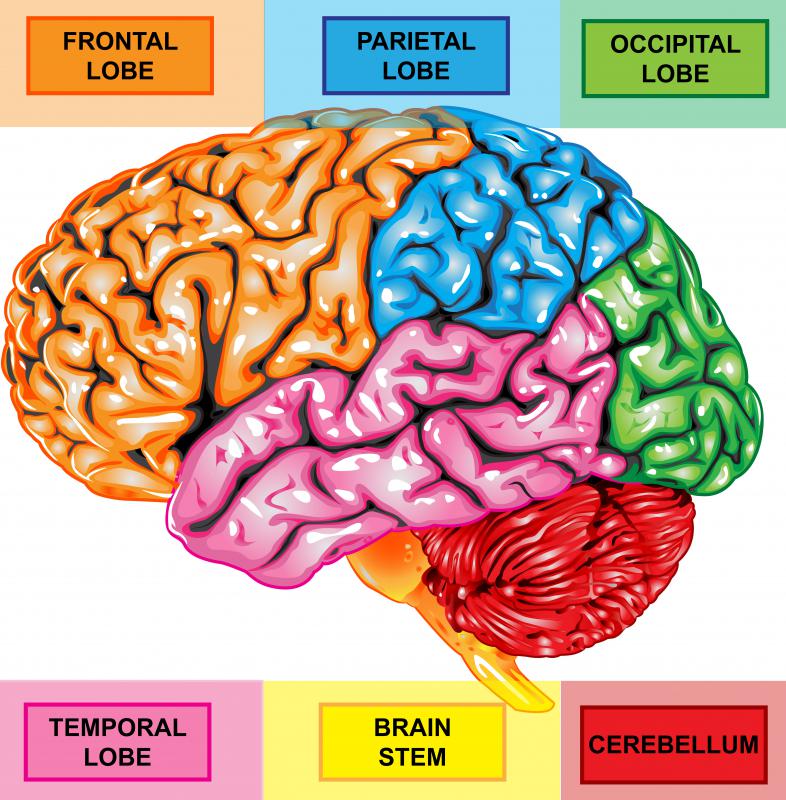At WiseGEEK, we're committed to delivering accurate, trustworthy information. Our expert-authored content is rigorously fact-checked and sourced from credible authorities. Discover how we uphold the highest standards in providing you with reliable knowledge.
What are Auditory Evoked Potentials?
Auditory evoked potentials, or brain stem auditory evoked response (BAER), is a medical test that some physicians use to evaluate the electrical activity of a patient’s brain waves. This auditory screening test is typically used to monitor the health of pathways in the brain and the neurological functions associated with these pathways. An auditory evoked potentials test may help a doctor diagnose some causes of hearing loss and disorders of the nervous system. Abnormal results from a test of auditory evoked potentials can result from medical conditions such as multiple sclerosis or stroke in some cases.
A physician may decide to perform an auditory evoked potentials test to investigate patient symptoms such as vomiting, nausea and loss of balance. The presence of headaches, hearing loss and abnormal ringing in a patient’s ears can indicate a neurological disorder that can be identified or diagnosed with the help of this test in some instances. Some patients with vision problems and feelings of numbness may also have nervous system problems and may benefit from the administration of this test.

Prior to an auditory evoked potentials test, a patient typically sits in a chair as a medical technologist sticks four electrodes to his head. The electrodes are usually connected to an electronic device that records brain wave activities. A patient normally wears earphones over both ears. In most cases, clicking sounds are played into one ear for several minutes and then played into the other ear. These clicks may seem audible or inaudible to the patient, but an attached recording device typically measures any brain activity that develops in response to these clicking sounds.

Abnormal responses to an auditory evoked potentials test may indicate hearing loss in some cases. Newborn infants are typically evaluated with this type of test to identify hearing problems that are present at birth. Generally, the most common types of hearing loss are conductive hearing loss and sensorineural hearing loss. Conductive hearing loss is typically caused by mechanical malfunctions in the transmission of sounds from the outer ear through the middle ear. Sensorineural hearing loss usually develops from an inner ear disorder that affects the transmission of sound through the auditory nerve to the brain.

A test of auditory evoked potentials may have abnormal results due to multiple sclerosis or stroke in some instances. Patients with multiple sclerosis typically have damage to the brain and spinal cord that can result in hearing loss. Balance problems and vision loss can also occur with this medical disorder. Physicians may have a patient undergo an auditory evoked potentials test concurrently with other medical tests such as a neurological examination and eye exam. In some case, evoked auditory potentials testing can yield abnormal results because of brain damage from a stroke that causes problems with hearing and other nervous system functions.
AS FEATURED ON:
AS FEATURED ON:















Discuss this Article
Post your comments